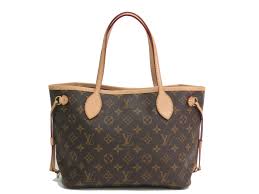 The market for luxury leather accessories has been growing, making up 30 percent of the personal luxury goods market in 2014. Leather goods have high profit margins and high sales productivity, often sell at full prices, and have sustained interest from consumers.
The market for luxury leather accessories has been growing, making up 30 percent of the personal luxury goods market in 2014. Leather goods have high profit margins and high sales productivity, often sell at full prices, and have sustained interest from consumers.
Demand for leather exceeded supply in 2013 and hit an all-time record high last year. Companies have been competing to control limited supplies of high-end leather used to make luxury products.
Ten to 15 years ago, the market for luxury goods was dominated by Louis Vuitton, Gucci, Hermes, and Coach. Today, other brands, including Chanel, Bottega Veneta, Celine, Saint Laurent, Dior, Balenciaga, and Givenchy are competing for their share of the market.
Because of increased competition, LVMH, Kering, and Richemont have been trying to control supplies of luxury leather. They have entered into partnerships with tanneries in Europe that produce the highest quality materials and sell lower quality leather to third parties.
Leather of the quality needed for luxury handbags can only be sourced in Europe. Skins are of a higher quality because of differences in how the animals are fed and raised compared to other parts of the world. However, because of vertical integration, the quality of the leather is not as high as it once was.
Accessible luxury brands, such as Michael Kors, Kate Spade, and Tory Burch, are competing for market share. Many consumers choose them instead of more expensive brands. These companies use leather of a lesser quality.
Louis Vuitton, Burberry, Gucci, and Prada have been expanding recently because of growth in the accessories market. However, this trend has been slowing as sales of luxury goods have declined in China. In order to remain competitive, brands need to boost sales in their existing stores.
Prices for all rawhide increased in 2014 and 2015 before crashing, except for luxury-quality leather. Demand for luxury-quality skins is still high because the number of tanners that can produce them is limited.
In the past, increases in the cost of leather were passed on to consumers. However, prices may have reached their limits. With consumers being given more choices, brands that rely on their past success and reputations may see their sales decline.

Leave a Reply